UNDERSTANDING THE SITUATION
We have all heard the stories: “Not one bite all day—cold front came through,” or “We’re into a cold front, don’t bother goin’ out!” Or, most famously, “Ya shoulda been here yesterday.” So, what is really happening?
Basically, it’s about changes in barometric pressure—both in air and water—and the effect these changes have on an ecosystem. Normal barometric pressure is considered to be about 30 millibars or 760mm of mercury on a barometer.
Before a front, the pressure drops (decreases), and after a front, the pressure rises (increases). Fishing is typically amazing during the prefrontal low and a disaster during the post-frontal high.
The explanation lies at the very bottom of the food chain with microscopic animals called Zooplankton and their primary food source Phytoplankton. Understanding how this works will help you tremendously the next time you face the dreaded cold front when fishing.

The lifespan of most Zooplankton is only about a month. Consequently, they need to reproduce quickly and often. Under favorable weather conditions, populations can increase by as much as 30 percent each day. A typical adult female can produce eggs every 24 to 36 hours.
It’s a constant battle to perpetuate their kind because as quickly as they reproduce, they are consumed every minute of every hour of every day by aquatic insects, small fish, and crustaceans. That’s a good thing because if factors like weather and predation didn’t regulate the population growth of Zooplankton, it’s estimated that they would cover the entire planet to a depth of 1 meter within 130 days.
So what’s all this have to do with your fishing?
PREFRONTAL CONDITIONS: Let the party begin!
A slight prefrontal drop in pressure, as little as a millimetre or two, affects the buoyancy of these tiny microscopic creatures, making them unstable and pushing them up towards the surface and out of their comfort zone.
This totally messes up their reproduction cycle and makes them much more vulnerable to predation. All of this signals the dinner bell for just about every other living organism in the water column; it’s time to put on the feed bag.
When tiny baitfish gather to start feeding on them, it starts a chain reaction.


So begins a feeding frenzy. Once that party starts, it’s all over but the catching, because the fishing is typically incredible. First to line up at the buffet table are the macro-invertebrates like larva and freshwater shrimp.
Feeding on them are aquatic insects that are eaten by crawfish and small shore minnows who, in turn, quickly fall prey to panfish, perch, and small game fish. And last but certainly not least, are the predator fish that anglers target who are now feeding voraciously on everything that moves. This frenzy can last as long as 4 to 6 hours.
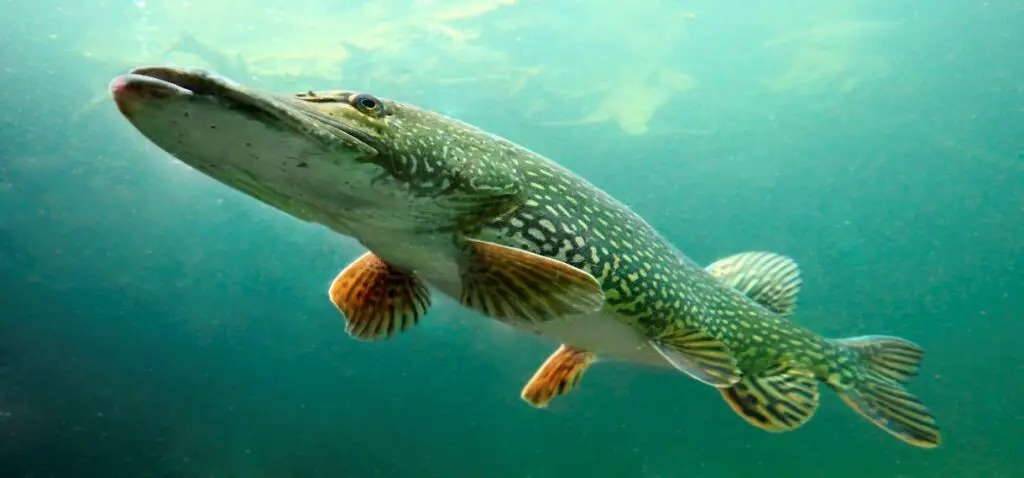
THE EYE OF THE STORM: Batten down the hatches!
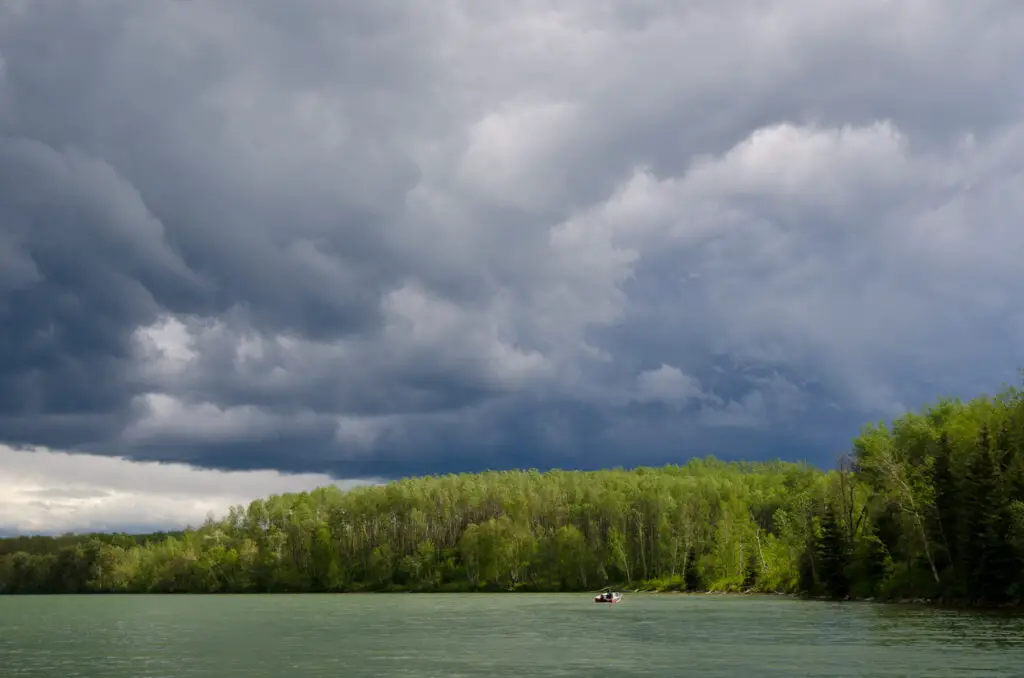
As the pressure and temperature continue to drop, things go from really good fishing to really bad, really quick! That is where the term “Ya should’a been here yesterday” comes from. Thankfully, this period is relatively short.
This mass feeding binge causes a huge depletion of Zooplankton, which, in optimum conditions, represents the most abundant biomass in any given body of water. Remember what I said earlier: As this microscopic life form continues to become unstable, so does their reproductive cycle, resulting in the deterioration of the primary food source. In other words, the shelves in the grocery store are now near empty, and the supply chain has been interrupted.
This is when Mother Nature performs her magic. Instinctively, each level of predator fish starts shutting itself down in anticipation of this temporary food shortage. Why waste valuable energy when refueling is going to be at a minimum? So predator fish take their foot off the gas pedal and hunker down.
POST-FRONTAL CONDITIONS: In the zone!
It’s important to note that shutting down does not mean they won’t eat; it simply means that their energy consumption meter has been dialed down to C for “Conserve.”
During this period, which could last anywhere between 24 and 72 hours, the feeding zone of a mid-range predator like largemouth bass or walleye can go from several hundred feet to as little as 6 inches in a matter of hours.
A good angler can take advantage of this by understanding what is happening down there.
There is a common misconception that when a front moves in, the fish disperse and go into the deepest part of the lake and become impossible to catch. Nothing could be further from the truth; all they do is go to their comfort zone and stay put.
That could be deep water, open water, shallow water, weed beds, rock ledges, or undercut banks, to name a few. Wherever they live and feed before the front is where they generally are during the front. The biggest difference is they tend to look for places that offer shelter from other predators but still have the potential for ambushing a quick meal.
Remember, energy conservation is in effect, so they will NOT chase baits. Their strike zone has been reduced by as much as 99%; what used to be 6 feet is now 6 inches.
FAST AND FURIOUS

So, here are a couple of simple rules to follow. During prefrontal conditions, fish fast and fish horizontally; cast or troll to your heart’s content.
The fish are going to be all cranked up and chasing down anything in sight. The faster you fish, the more furious the bite. Use reaction baits like topwater baits, crankbaits, swimbaits and spinnerbaits, to name a few; the faster, louder and gaudier your presentation, the better.
These are the days all anglers dream about and hope will never end–but unfortunately, always come to a grinding halt.
SLOW AND METHODICAL

When they do end, and you are in the eye of the front, fish vertically and fish slowly. Vertical presentations into good cover or deep structure will usually result in some of the best fishing days you could ever experience.
You are now angling for individual fish, not schools. This is when patience and precision can really pay off. Presentations like jigging, pitching, flipping, or drop shotting are vital. If you must troll, it needs to be as slow as possible; this is when back trolling or drift trolling can really pay off.
Dragging Lindy rigs, Carolina rigs or tube jigs in, around, or through cover like boulders, weed edges, or wood will pay big dividends. But if you’re not fishing slow and tight, you will not get a bite.
BACK TO NORMAL
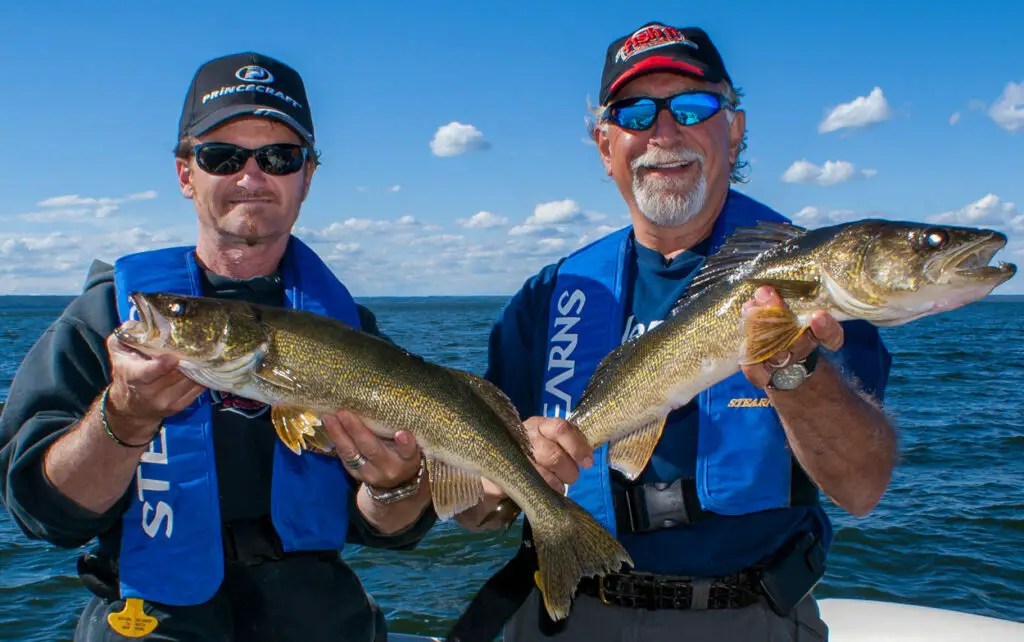
Once the front has moved through, it usually takes 2 to 3 consecutive days of stable barometer readings to bring the Zooplankton back to normal levels of reproduction. Once that happens, everything is good in the neighborhood. All fish get back to their regular routines and, for the time being, the dreaded cold front is nothing but a distant memory.
As Canadian anglers, we need to make the best of our northern weather patterns. Seldom in this part of the world will we go much more than a week before the weather becomes unstable, and we get a drop in barometric pressure—which means the dreaded cold front once again.
5 THINGS YOU NEED TO KNOW ABOUT FISHING A COLD FRONT
-
A cold front is your friend.
There are three distinct parts to a frontal movement: prefrontal, the frontal eye, and post-frontal. Understand the effects these patterns have on fish. These can be some of the best fishing experiences you’ll ever have.
-
Prefrontal = horizontal, fast and furious presentations.
Fish are extremely active and will bite almost anything you throw at them. During this period of extreme feeding, their strike zone expands to its maximum size. Predators will throw caution to the wind and chase down even the most unnatural baits; the bigger and flashier, the better.
-
Eye of the Front = time for transition.
Although there doesn’t seem to be a set time for the transition from fast and furious to slow and methodical, it starts the minute the barometer bottoms out. From my personal experiences, it happens very quickly. I’ve seen cases where actively feeding Northern Pike go from 100 to zero in a matter of a couple of minutes. It can happen that quick. Being aware of changes in fish behaviour is very important under normal conditions, but during cold fronts, it’s monumental.
-
Post-frontal = vertical, slow, and methodical presentations.
Fish tend to stick very close to cover or structure during this phase and will not move for food. Therefore, a vertical presentation becomes vital to catching fish during this period. Your bait must fall right into the fish’s wheelhouse to get a reaction. A couple of inches off and it will not hit. Even when you do manage to get it into the sweet spot sometimes, it will take forever for the fish to actually bite.
-
What goes up must come down and vice versa.
Remember, a cold front is indicated by a falling barometer—meaning a low-pressure system is moving in and pushing out a high-pressure cell. Zooplankton do not require a high-pressure system in order to function properly. In fact, a rising barometer has an unsettling effect on their reproductive cycle as well, although nowhere near as extreme as a falling barometer. Generally speaking, a perfect world for all aquatic life means a stable barometer for 3 to 4 days. I don’t know about you but I can’t remember the last time we had stable weather for 4 days, meaning more often than not you’re probably fishing the dreaded cold front!




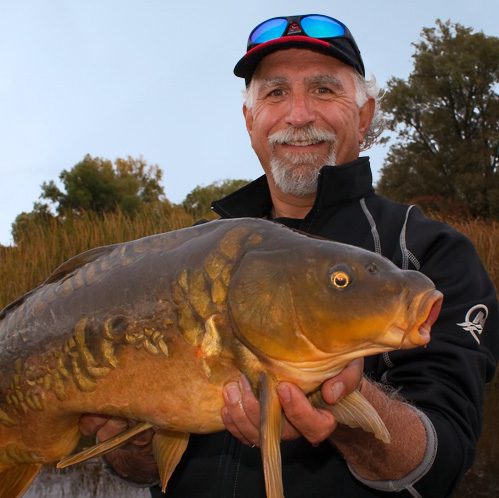
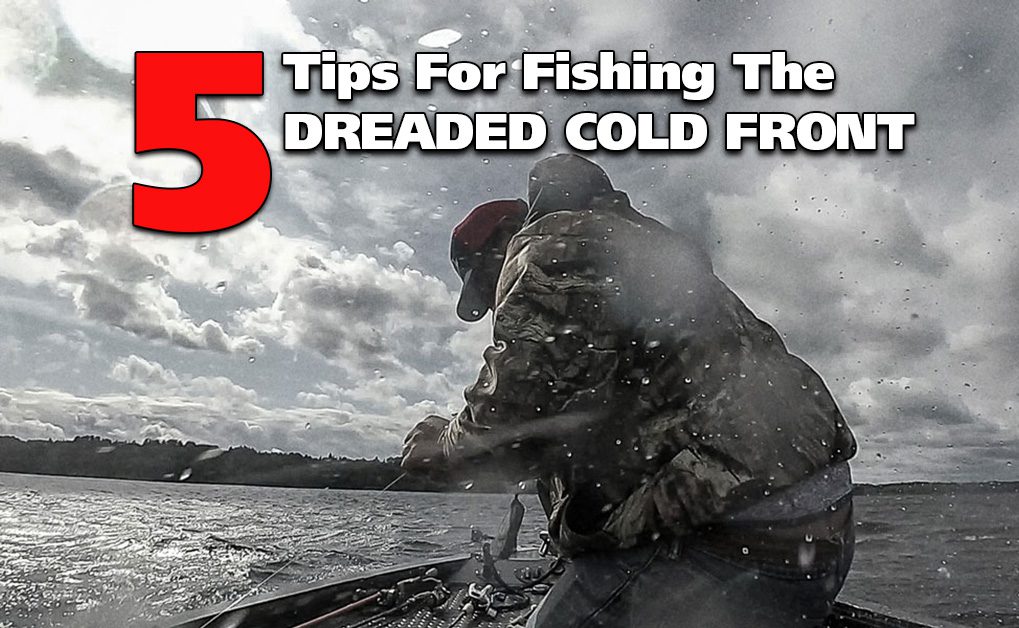

One Response
Great Info: For Anyone!